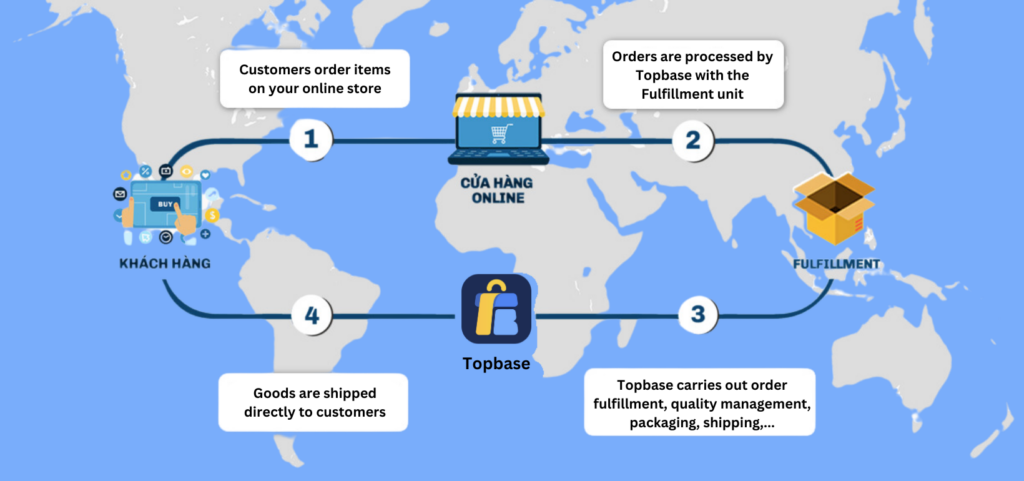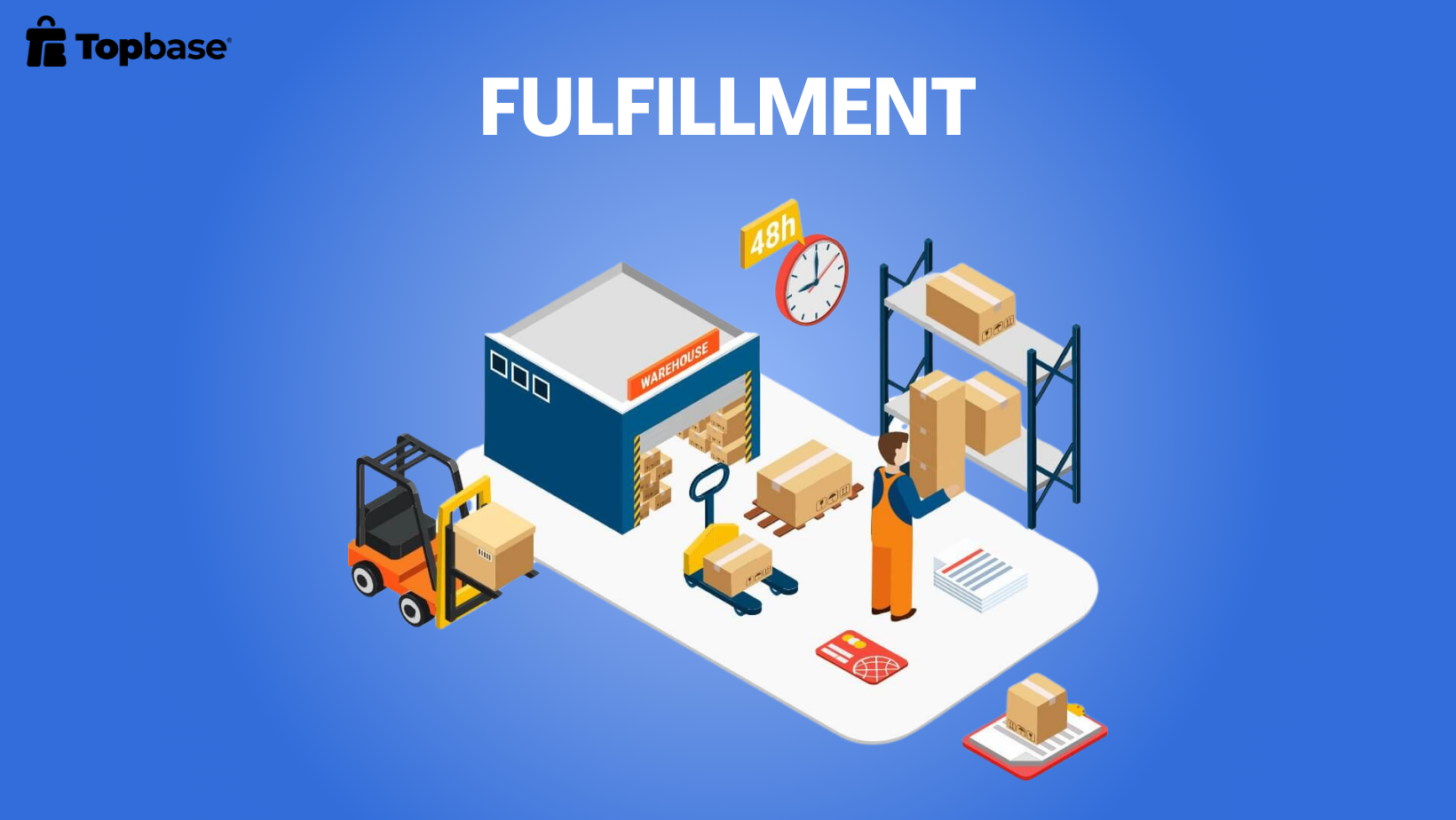Earning money through e-commerce is a highly popular trend in today’s technological age. There are various ways to make money, but among them, dropshipping and traditional online selling on platforms like Facebook or major e-commerce marketplaces (Shopee, Tiki, Lazada, etc.) are more prevalent. In this article, I will compare these two models to help you choose a suitable business format.
Firstly, let’s briefly review the basic concepts.
Dropshipping

- You receive orders and payments from customers.
- You place orders and make payments to suppliers.
- Suppliers arrange for direct shipment of goods to customers.
Traditional Online Selling

- You purchase a large quantity of goods from suppliers and store them in a warehouse.
- You receive orders from customers. Payments can be made in advance or upon delivery (COD).
- You arrange for the direct shipment of goods to customers.
Comparison between Dropshipping and Traditional Online Selling
| Features | Dropshipping | Traditional Online Selling |
|---|---|---|
| Inventory | No need to store goods, so no costs for warehouse rent, loading, and shipping | Requires storage of goods, leading to costs for warehouse rent, loading, and shipping |
| Goods | No concerns about loss, damage, breakage, etc., as you don’t handle the inventory | Requires inventory management system to ensure goods are not lost, damaged, broken, etc. |
| Shipping to Customers | Suppliers are responsible for shipping in dropshipping; dropshipper is not involved in this process | Seller is responsible for shipping |
| Capital Investment | No significant investment in inventory, reducing risks if products sell slowly and capital is tied up | Significant investment in inventory, with the risk of slow-moving products tying up capital; may result in selling at a loss |
| Control over Sales Process | Less control over order processing and shipping | Full control over order processing and shipping, allowing for quick order fulfillment |
| Payment | Customers pay in advance to dropshipper, who pays suppliers before delivery | Customers may pay in advance or upon receiving the goods (COD); sellers may not have to pay suppliers in advance if granted credit terms |
| Profit Margin | Generally lower compared to traditional online selling | Bulk purchasing for inventory may lead to discounts, resulting in lower purchase prices and higher profit margins |
| Market | Mostly focuses on the international market; dropshipping on platforms like Shopee is less common | Primarily focuses on the domestic market |
| Handling Issues | In case of issues (damage, wrong items, non-delivery, etc.), dropshippers are often passive and dependent on suppliers; may proactively refund customers to avoid negative reviews | Proactively addresses and quickly resolves issues to maintain customer satisfaction |
| Brand Building | Difficult to build a distinct brand | Easier to build a distinct brand |
Based on the above analysis comparing dropshipping and traditional online selling, you likely have a clearer idea of which model suits your business. If you have additional insights, please feel free to leave a comment below.




